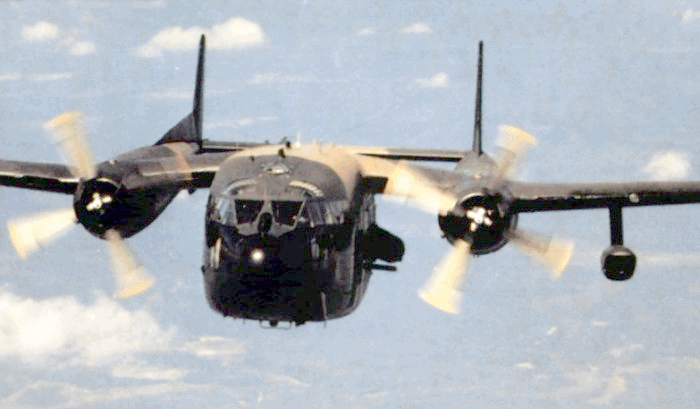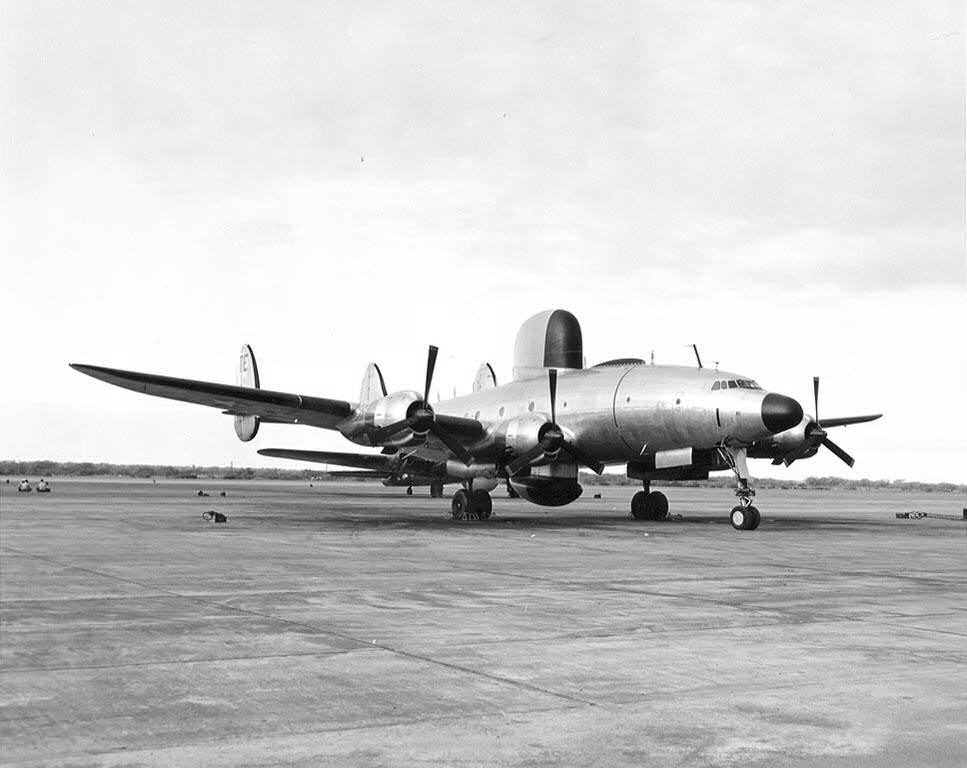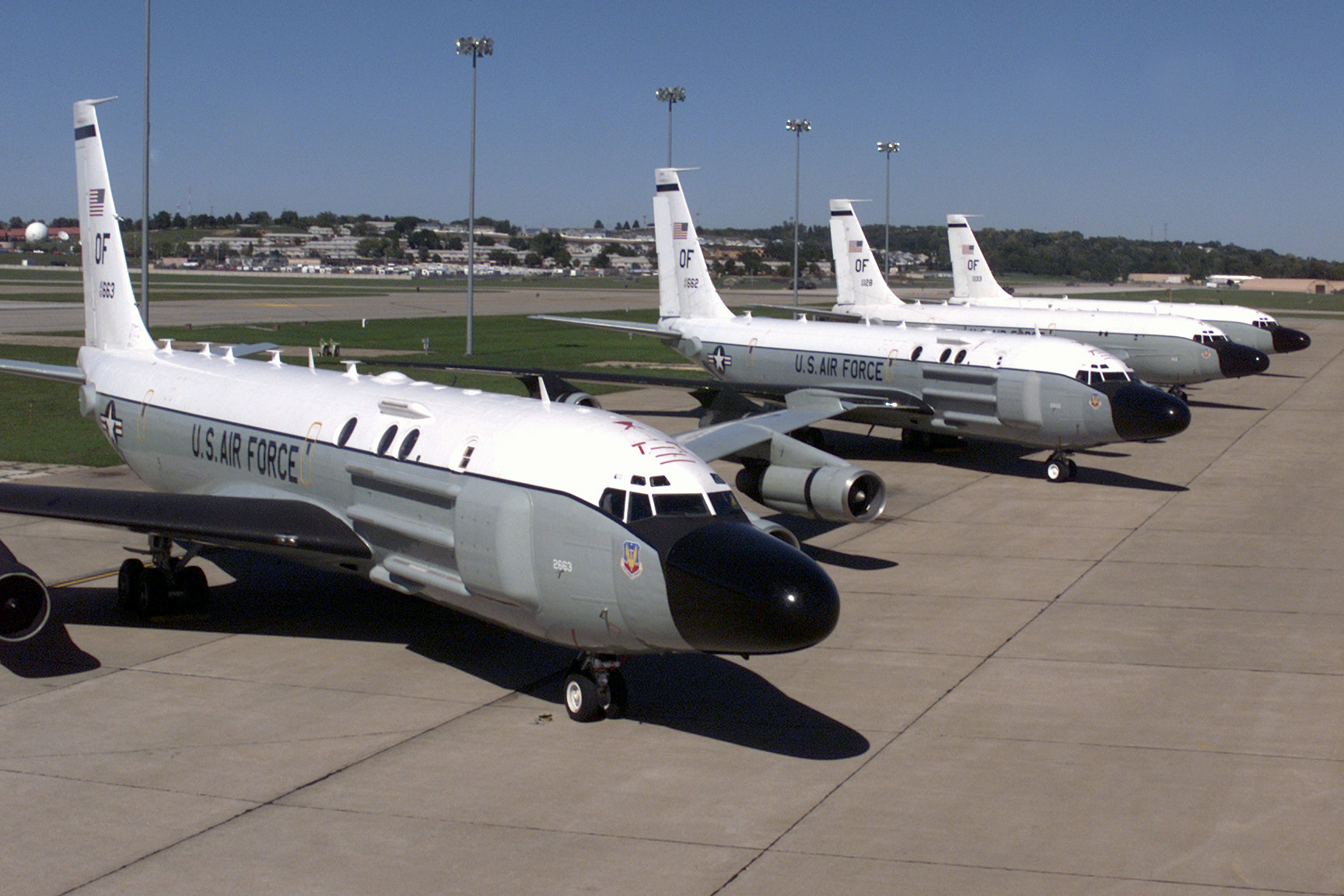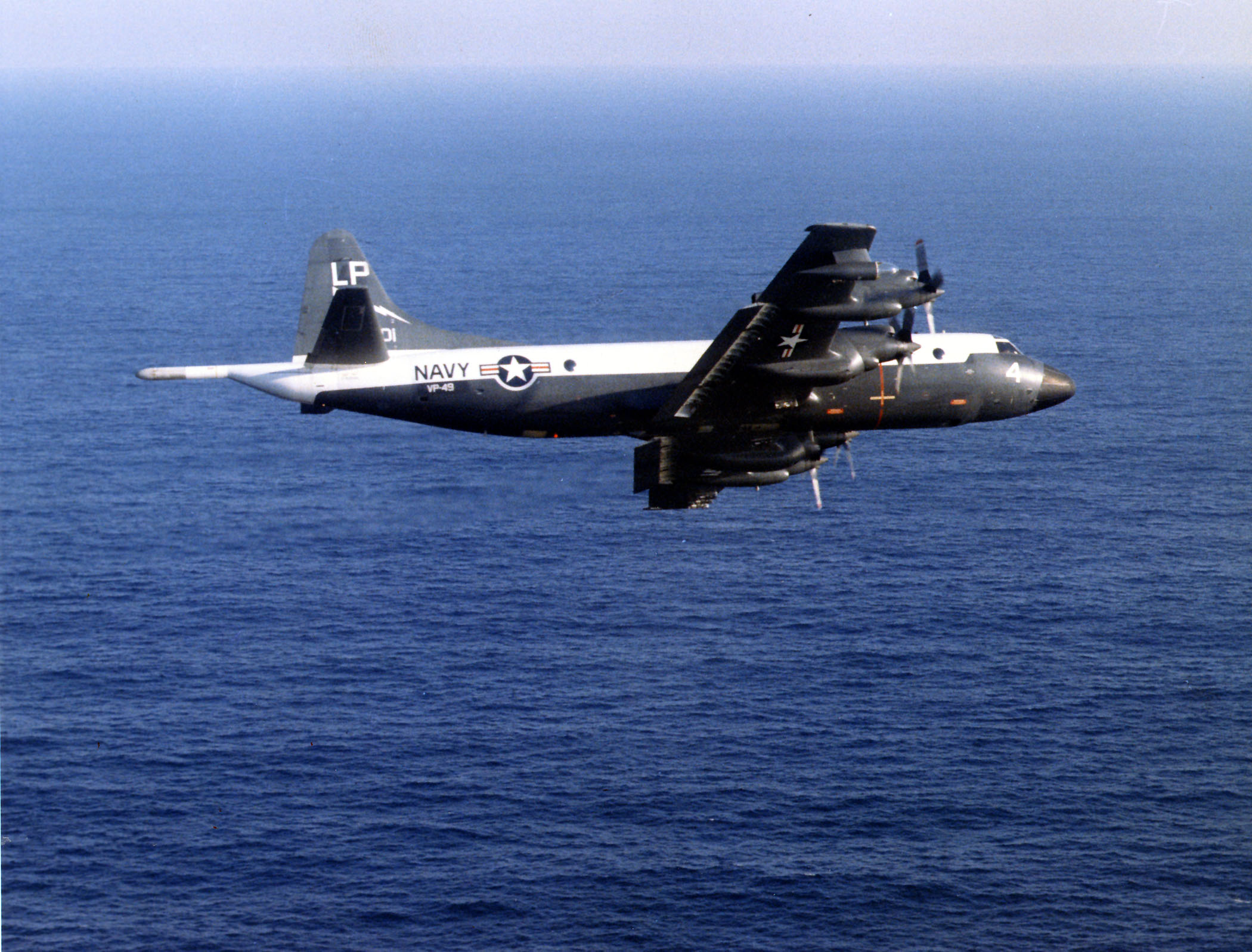|
NESTOR (encryption)
NESTOR was a family of compatible, tactical, wideband secure voice systems developed by the U.S. National Security Agency and widely deployed during the Vietnam War (1955–1975) through the late Cold War period (1980s–1990s). NESTOR consists of three systems. The KY-8 was used in vehicular and afloat applications; the KY-28 was the airborne version; and the KY-38 was the portable or man-pack model. About 30,000 NESTOR equipments were produced prior to their replacement by the VINSON secure voice family.A History of U.S. Communications Security; the David G. Boak Lectures National Security Agency (NSA), Volumes I, 1973, Volumes II 1981, partially released 2008, additional portions declassified October 14, 2015 Keying was accomplished by set ... [...More Info...] [...Related Items...] OR: [Wikipedia] [Google] [Baidu] |
AC-119
The Fairchild AC-119G Shadow and AC-119K Stinger were twin-engine piston-powered gunships developed by the United States during the Vietnam War. They replaced the Douglas AC-47 Spooky and operated alongside the early versions of the AC-130 Spectre gunship. Design and development By late 1967, the idea of the fixed-wing gunship had been proven so successful, the United States Air Force was having a difficult time keeping up with demand. The newer AC-130s that had been created under Project Gunship II were effective, but were being mostly used for armed reconnaissance and interdiction of the Ho Chi Minh Trail. Furthermore, the C-130 airframe was in active service as a transport, vital to the war effort in Southeast Asia. The Air Force desperately needed a new gunship to replace the vulnerable and underpowered AC-47 in the close air support role, as well as supplementing the AC-130 in attacking targets on the Ho Chi Minh Trail. The Fairchild C-119 Flying Boxcar presented an obv ... [...More Info...] [...Related Items...] OR: [Wikipedia] [Google] [Baidu] |
NSA Encryption Systems
The National Security Agency took over responsibility for all US government encryption systems when it was formed in 1952. The technical details of most NSA-approved systems are still Classified information in the United States, classified, but much more about its early systems have become known and its most modern systems share at least some features with commercial products. NSA and its predecessors have produced a number of cipher devices. Rotor machines from the 1940s and 1950s were mechanical marvels. The first generation electronic systems were quirky devices with cantankerous punched card readers for loading key (cryptography), keys and failure-prone, tricky-to-maintain vacuum tube circuitry. Late 20th century systems are just Black box (systems), black boxes, often literally. In fact they are called ''blacker (security), blackers'' in NSA parlance because they convert plaintext classified signals (''red'') into encrypted unclassified ciphertext signals (''black''). They ty ... [...More Info...] [...Related Items...] OR: [Wikipedia] [Google] [Baidu] |
Cryptoperiod
A cryptoperiod is the time span during which a specific cryptographic key is authorized for use. Common government guidelines range from 1 to 3 years for asymmetric cryptography, and 1 day to 7 days for symmetric cipher traffic keys. Factors to consider include the strength of the underlying encryption algorithm, key length, the likelihood of compromise through a security breach and the availability of mechanisms of revoking keys. In traditional cryptographic practice, keys were changed at regular intervals, typically at the same time each day. The code word for a key change, in NSA parlance, is HJ or Hotel Juliet in the NATO phonetic alphabet. When cryptographic devices began to be used in large scale, those who had to update the key had to set a specific time to synchronize the re-key. This was accomplished at the hour (H) the Julian (J) Date changed, among crypto-accountants, managers and users the jargon "HJ" became the accepted term meaning it was time to change the crypto- ... [...More Info...] [...Related Items...] OR: [Wikipedia] [Google] [Baidu] |
AN/PRC-77
The AN/PRC-77 Portable Transceiver, also known as AN/PRC 77 Radio Set, is a man-pack, portable VHF FM combat-net radio transceiver manufactured by Associated Industries Manufacturer's website. and used to provide short-range, two-way voice communication. In accordance with the (JETDS), the "''AN/PRC-77''" designation represents the 77th design of an Army-Navy electronic device for portable two-way communications radio. The JETDS system also now is used to name all |
F-4 Phantoms
The McDonnell Douglas F-4 Phantom II is an American Tandem#Aviation, tandem two-seat, twinjet, twin-engine, all-weather, long-range supersonic aircraft, supersonic jet interceptor aircraft, interceptor and fighter-bomber that was developed by McDonnell Aircraft for the United States Navy.Swanborough and Bowers 1976, p. 301. It entered service with the Navy in 1961, then was adopted by the United States Marine Corps, and the United States Air Force, and within a few years became a major part of their air arms. A total of 5,195 Phantoms were built from 1958 to 1981, making it the List of most produced aircraft, most-produced American supersonic military aircraft in history and a signature combat aircraft of the Cold War."F-4 Phantoms Phabulous 40th" Boeing. Retrieved : 27 Nove ... [...More Info...] [...Related Items...] OR: [Wikipedia] [Google] [Baidu] |
Northrop Grumman E-2 Hawkeye
The Northrop Grumman E-2 Hawkeye is an American all-weather, carrier-capable tactical airborne early warning (AEW) aircraft. This twin-turboprop aircraft was designed and developed during the late 1950s and early 1960s by the Grumman Aircraft Company for the United States Navy as a replacement for the earlier, piston-engined E-1 Tracer, which was rapidly becoming obsolete. The aircraft's performance has been upgraded with the E-2B and E-2C versions, where most of the changes were made to the radar and radio communications due to advances in electronic integrated circuits and other electronics. The fourth major version of the Hawkeye is the E-2D, which first flew in 2007. The E-2 was the first aircraft designed specifically for AEW, as opposed to a modification of an existing airframe, such as the Boeing E-3 Sentry. Variants of the Hawkeye have been in continuous production since 1960, giving it the longest production run of any carrier-based aircraft. The E-2 also received ... [...More Info...] [...Related Items...] OR: [Wikipedia] [Google] [Baidu] |
Grumman E-1 Tracer
The Grumman E-1 Tracer (WF prior to 1962) was the first purpose-built airborne early warning aircraft used by the United States Navy. It was a derivative of the Grumman C-1 Trader and entered service in 1960. It was replaced by the more modern Grumman E-2 Hawkeye by the mid-1960s-1970s. Design and development Following World War II, modified attack aircraft, including the AD-3W Skyraider and TBM-3W Avengers, filled the airborne early warning role. In 1951, the US Navy, seeking a replacement for the TBM-3W, asked Grumman and Vought for new AEW aircraft based on their competing designs for a carrier-based anti-submarine aircraft, the Grumman XS2F Tracker and the Vought XS2U. Grumman's design, Design 95, which was designated XWF-1 under the 1922 United States Navy aircraft designation system, used the same fuselage and wings as the XS2F, with an AN/APS-20 radar mounted on a pylon over the forward fuselage. The arrangement was chosen to not require changes to the Tracker' ... [...More Info...] [...Related Items...] OR: [Wikipedia] [Google] [Baidu] |
EC-121
The Lockheed EC-121 Warning Star is an American airborne early warning and control radar surveillance aircraft operational in the 1950s in both the United States Navy (USN) and United States Air Force (USAF). The military version of the Lockheed L-1049 Super Constellation was used to serve as an airborne early warning system to supplement the Distant Early Warning Line, using two large radomes (a vertical dome above and a horizontal one below the fuselage). It replaced the TBM-3W used by the USN. Some EC-121s were also used for signal intelligence gathering. The EC-121 was introduced in 1954 and phased out in 1978, although a single specially modified EW aircraft remained in USN service until 1982. The USN versions when initially procured were designated WV-1 (PO-1W), WV-2, and WV-3. The USAF Warning Stars served during the Vietnam War both as electronic sensor monitors and as a forerunner to the Boeing E-3 Sentry AWACS. USAF aircrews adopted its civil nickname, "Connie" ... [...More Info...] [...Related Items...] OR: [Wikipedia] [Google] [Baidu] |
RC-135
The Boeing RC-135 is a family of large reconnaissance aircraft built by Boeing and modified by a number of companies, including General Dynamics, Lockheed, LTV, E-Systems, L3Harris Technologies, and used by the United States Air Force and Royal Air Force to produce theater and national level intelligence with near real-time on-scene collection, analysis and dissemination capabilities. Based on the C-135 Stratolifter airframe, various types of RC-135s have been in service since 1961. Unlike the C-135 and KC-135 which are recognized by Boeing as the Model 717, most of the current RC-135 fleet, with the exception of the RAF's RC-135Ws, is internally designated as the Model 739 by the company. Many variants have been modified numerous times, resulting in a large variety of designations, configurations, and program names. Design and development In 1962, the first RC-135 variant, the RC-135A, was ordered by the United States Air Force to replace the Boeing RB-50 Superfortress. ... [...More Info...] [...Related Items...] OR: [Wikipedia] [Google] [Baidu] |
Lockheed P-3 Orion
The Lockheed P-3 Orion is a four-engined, turboprop Anti-submarine warfare, anti-submarine and maritime patrol aircraft, maritime surveillance aircraft developed for the United States Navy and introduced in the 1960s. It is based on the Lockheed L-188 Electra, L-188 Electra commercial airliner by Lockheed Corporation, Lockheed; it is easily distinguished from the Electra by its distinctive tail stinger or "MAD" boom, used for the Magnetic anomaly detector, magnetic anomaly detection (MAD) of submarines. Over the years, the P-3 has seen numerous design developments, most notably in its electronics packages. Numerous navies and air forces around the world continue to use the type primarily for maritime patrol, reconnaissance, anti-surface warfare and anti-submarine warfare. A total of 757 P-3s have been built. In 2012, it joined the handful of military aircraft including the Boeing B-52 Stratofortress, Boeing KC-135 Stratotanker, and Lockheed C-130 Hercules that the United States m ... [...More Info...] [...Related Items...] OR: [Wikipedia] [Google] [Baidu] |
AC-130
The Lockheed AC-130 gunship is a heavily armed, long-endurance, attack aircraft, ground-attack variant of the C-130 Hercules transport, fixed-wing aircraft. It carries a wide array of ground-attack weapons that are integrated with sensors, navigation, and fire-control systems. Unlike other modern military fixed-wing aircraft, the AC-130 relies on visual targeting. Since its large profile and low operating altitudes around 7,000 feet (2,100 m) make it an easy target, its close air support missions are usually flown at night. The airframe is manufactured by Lockheed Martin, while Boeing is responsible for the conversion into a gunship and for aircraft support.AC-130U Gunship page . Boeing. Developed during the Vietnam War as "Project Gunship II", the AC-130 replaced the Douglas AC-47 Spooky, or "Gunship I". Th ... [...More Info...] [...Related Items...] OR: [Wikipedia] [Google] [Baidu] |









